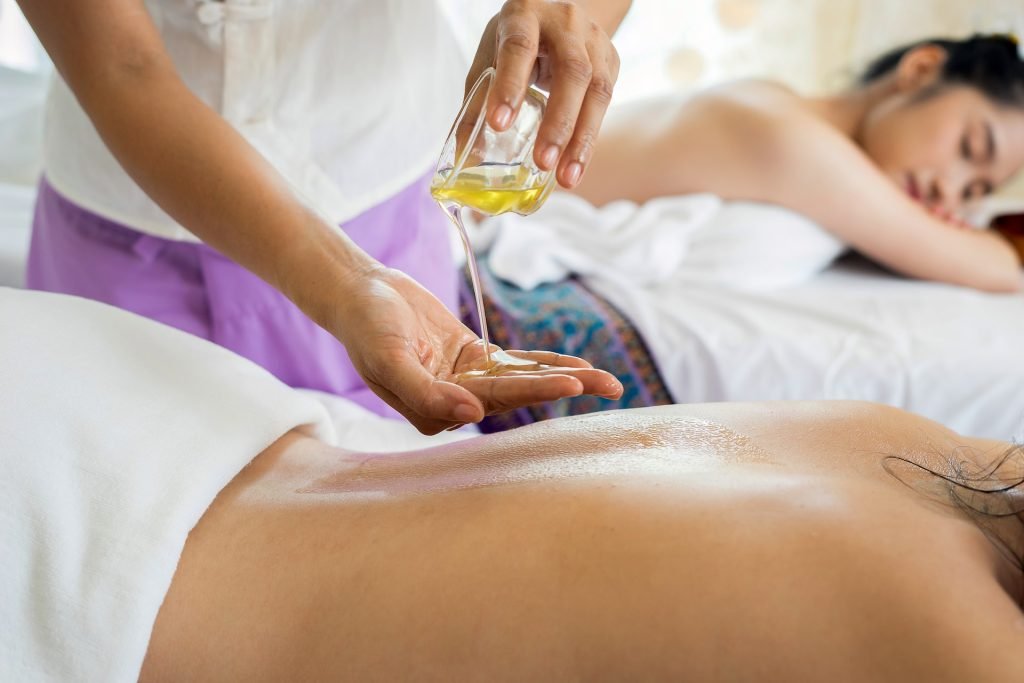Areola restoration is a popular option for breast cancer survivors undergoing mastectomy. It creates a nipple and areola that match the natural breast mound’s size, shape, color, texture, and projection.
The procedure is performed as an outpatient surgery. The surgeon uses tissue from your new breast or skin from another part of your body to reconstruct the nipple and areola.
What is Areola Restoration?
Areola restoration is a non-invasive cosmetic technique that can help restore the appearance of the areola after breast reconstruction. Areola restoration is performed by a skilled cosmetic technician like those in Laguna Med Spa, who will use pigments in different shades to create the appearance of a realistic areola.
After a mastectomy or other surgery that removes the areola, women may not feel confident in their breasts. Areola restoration is a way to bring back the look and feel of a natural areola and nipple.
A skin graft is often used to reconstruct the areola. This graft may be taken from the patient’s skin or other areas that tend to darken.
Another option is to tattoo the areola using micropigmentation techniques. These techniques stimulate the natural areola and nipple or camouflage scarring after breast reconstruction.
How Does Areola Restoration Work?
Areola restoration is a specialized type of paramedical tattooing used to replicate the areola after breast reconstruction surgery, minimize scars and restore a more natural shape and color. Plastic surgeons commonly perform it following mastectomy surgery or other breast-related surgeries.
The areola is often the last aspect of breast reconstruction to be completed, as it is a crucial part of a natural-looking breast mound. It is also a vital part of healing from breast cancer or trauma to the breast.
During areola reconstruction, surgeons use skin from the breast mound or other parts of your body to form a nipple and an areola. However, the new nipple may flatten or retract over time.
Once the initial nipple and areola heal, surgeons can add color to them using micropigmentation techniques. This technique uses skin tones to guide color selection and careful measurements to ensure the areolas are correctly sized and symmetrical.
What Are the Benefits of Areola Restoration?
Areola restoration is a procedure that can improve the appearance of the areola, which can be an issue after many breast-related procedures. These include breast reduction, mastectomies, and breast reconstruction.
This advanced permanent makeup technique can correct your areola’s size, shape, and color. It is often the last step after significant breast surgeries and can restore symmetry to your breasts.
Typically, this surgery is performed about three to six months after primary breast reconstruction to allow the areola and nipple to heal and dissipate post-op swelling.
Surgeons create the areola and possible nipple through a skin graft, taking skin from another part of your body (such as the inner thigh or stomach). Unfortunately, the areola graft tends to darken over time, but tattooing can correct this.
What Are the Risks of Areola Restoration?
Areola restoration surgery is a minimally invasive procedure that can be performed on women who have undergone breast reconstruction or a mastectomy. It’s also used to correct nipple size and shape, which can be distorted due to pregnancy or breastfeeding.
In this treatment, a doughnut-shaped piece of tissue is removed from the areola, and a circular incision is made along the border of your existing areola. The new areola is then secured with a permanent suture deep inside your breast.
The surgical procedure takes less than an hour and is a safe, effective treatment for men and women. In addition, recovery is short; many people return to work in a few days.
If you are considering nipple and areola reconstruction, it’s essential to understand the risks before you decide. While most patients are happy with their results, some may experience bleeding or infections, loss of sensation, or scarring. For these reasons, choosing a highly-trained and experienced plastic surgeon for the procedure is essential.

